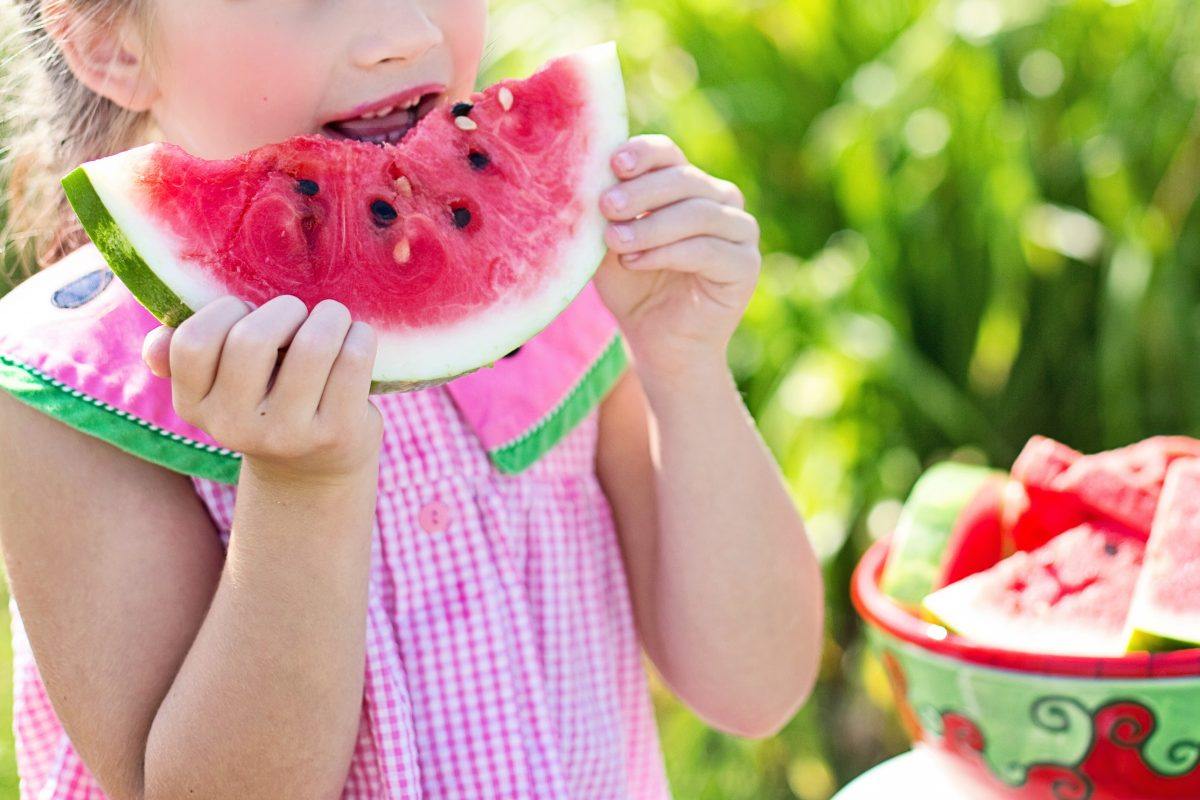A study from the Harvard T. H. Chan School of Public Health examined how an afterschool intervention affected children’s snacking behaviors, and found that it had a beneficial effect on dietary consumption.
Given the rising rates of obesity in the United States, it is critical to intervene at an early age. Afterschool settings are optimal sites for addressing childhood obesity, as a large number of children are enrolled in afterschool programs throughout the country. Focusing on snacking behaviors in such settings is a novel approach to the prevention of this problem.
This study explored the effectiveness of the Out-of-School Nutrition and Physical Activity (OSNAP) Initiative through a group-randomized controlled trial across 20 afterschool sites in Boston, MA, reaching children 5 years of age and older. The goals of the intervention were to increase children’s consumption of fruits, vegetables, whole grains, and water, and decrease consumption of sugary drinks (including large servings of 100% juice) and trans fats.
Researchers provided technical assistance to foodservice staff to change the types of foods and beverages served during afterschool snack time. Teams of afterschool staff participated in three 3-hour learning collaborative sessions to build skills and created action plans for changing site practices. Family and child nutrition education was also a component of the intervention. Researchers observed dietary snack consumption using a validated measure on two days per site at baseline and follow-up.
After a statistical analysis was performed, the team concluded that, when compared to controls, children who received the OSNAP intervention had greater decreases in consumption of:
- Juice (-0.61 oz/snack, 95% CI -1.11 to -0.12);
- Beverage calories (-29.1 kcal/snack, 95% CI -40.2 to 18.0);
- Total calories (-47.7 kcal/snack, 95% CI -68.2 to -27.2); and
- Foods with trans fats (-0.12 servings/snack, 95% CI -0.19 to -0.04).
They also had increases in consumption of whole grains (+0.10 servings/snack, 95% CI 0.02 to 0.18). Compared to afterschool settings with satellite foodservice, sites with on-site foodservice had significant improvements for all outcomes (p<0.001).
These results demonstrate that an afterschool nutrition intervention such as OSNAP, particularly when implemented in afterschool settings that have on-site foodservice and employ changes to snack menus, can positively improve dietary intake among children reached.
Learn more about the Out-of-School Nutrition and Physical Activity (OSNAP) Initiative here and visit www.osnap.org
Lee RM, Giles CM, Cradock AL, Emmons KM, Okechukwu C, Kenney EL, Thayer J, Gortmaker SL. Impact of the Out-of-School Nutrition and Physical Activity (OSNAP) Group Randomized Controlled Trial on Children’s Food, Beverage, and Calorie Consumption among Snacks Served. J Acad Nutr Diet. 2018 Aug;118(8):1-13. 10.1016/j.jand.2018.04.011.
